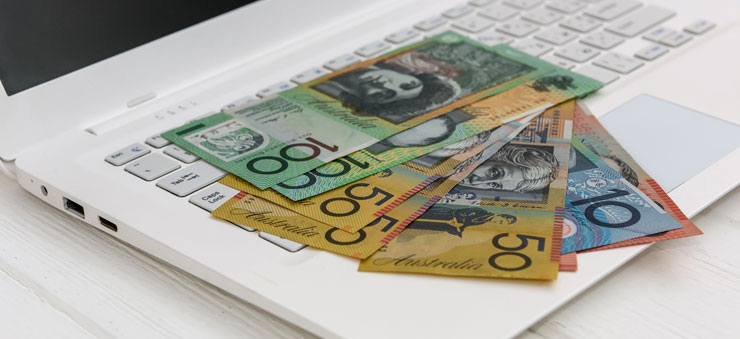Pound Strengthens Against the AUD as RBA Hints at Rate Cuts

Tuesday’s Asian session saw the Reserve Bank of Australia publish the minutes from their latest meeting, which showed indications of further rate cuts.
The last policy decision saw the RBA cutting rates, but they didn’t give any indication that they were considering any further cuts in the near future. However, the minutes showed that more cuts are very likely.
In fact, the report showed the RBA has taken one of the most dovish stances in recent years. They admitted that wages are not going to rise without help, which is why “further easing in monetary policy would be appropriate in the period ahead.”
The Australian dollar also suffered on the back of economic data. Thus, the house price index figures for the first quarter declined more than forecasted, putting even more pressure on the currency.
The Pound’s Gains Aren’t Stable
Tuesday saw the GBP/AUD rise to a high of 1.8345 but the pound was unable to maintain its gains and the rate slid to 1.8270 at the time of this writing. This goes to show that fears over a no-deal Brexit are still strong.
The second round of voting will take place today to determine the new leader of the Conservative Party. Boris Johnson seems to be the frontrunner, which is why the market is so uneasy.
Johnson has been advocating for years for a harder Brexit. Furthermore, he strongly believes that the U.K. should exit the European Union in October, even if it doesn’t have a deal.
There’s also the issue of the UK consumer price index, which is to be published on Wednesday. If the figures for May weaken as expected, then the pound would suffer even more pressure.
Thus, the market is expecting inflation to fall to 2% from 2.1%, year-over-year. This would be in line with the target the Bank of England has set.
However, the lower inflation means that policymakers wouldn’t have a good reason to raise rates in the near future, which would hurt the GBP.
On the other hand, lower inflation could lead to an increase in wages and more spending.
Further Pressure on the Australian Dollar
The Australian dollar was also affected by concerns of an economic slowdown in China, but also by the continuing trade tensions between China and the United States.
China is the largest export market for Australia. So, if the Chinese economy slows down, Australian exports are likely to shrink, causing even more problems for the currency.
The AUD exchange rate will also be affected by the news coming out of the United States. On Wednesday, the Federal Reserve will announce its policy decision. Markets are expecting that the Fed will indicate how dovish their stance will be on the monetary policy.
While the Fed isn’t expected to cut rates, if they do take a very dovish outlook, the markets could turn to the Australian dollar. The upcoming cuts will drive rates even lower, making the AUD highly attractive for investors.
Philip Lowe, Governor of the Reserve Bank of Australia, will be holding a speech on Thursday. The tone and outlook of said speech could also affect the Australian dollar.
The Bank of England will also be announcing its policy decision on Thursday. However, it’s expected to have little impact on the pound. The currency, at the moment, is far more susceptible to the political landscape and who will succeed Theresa May at the helm of the Conservative Party.

